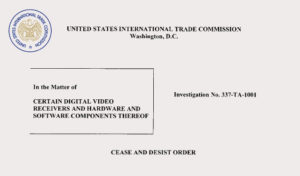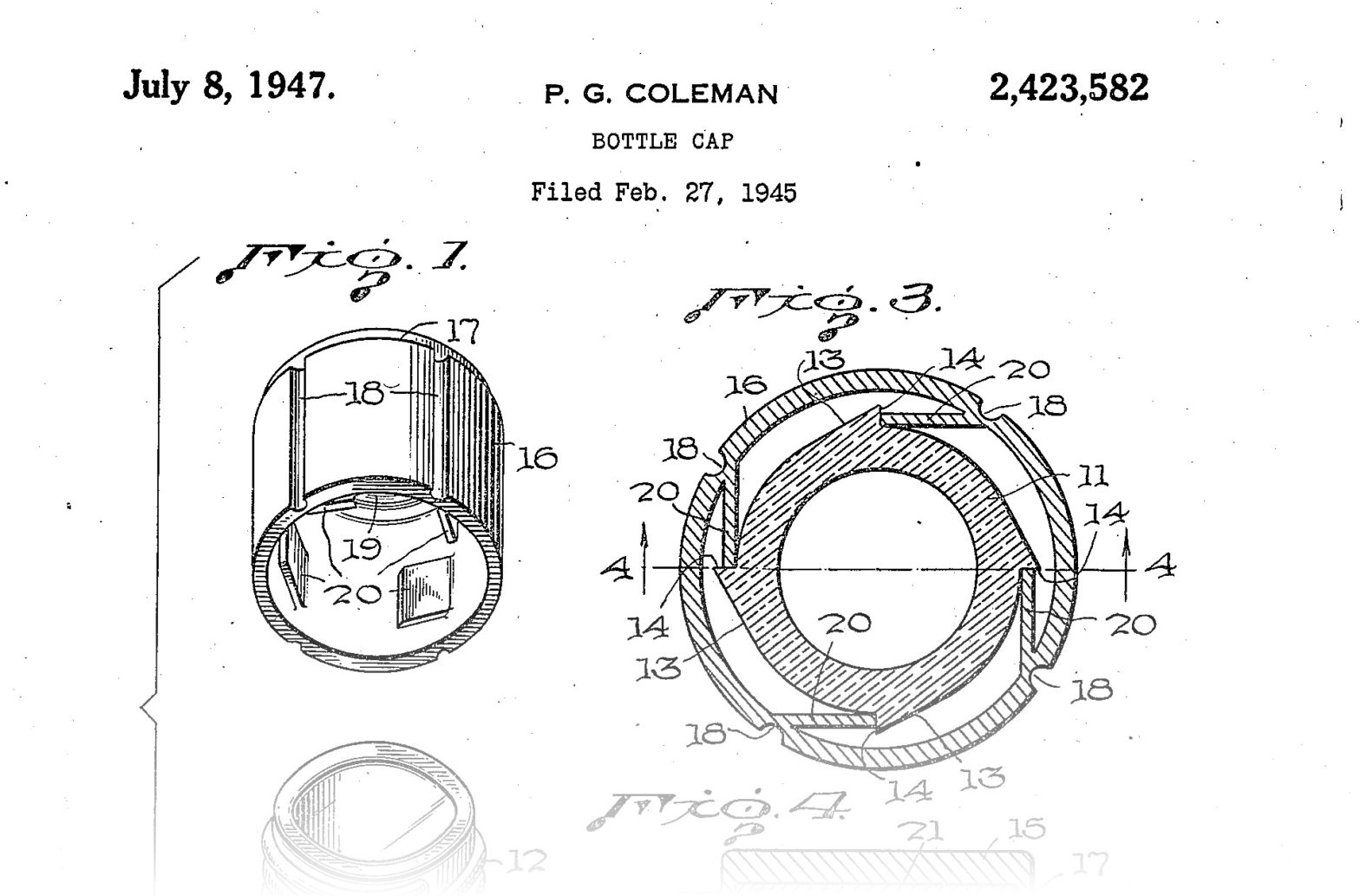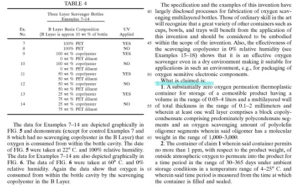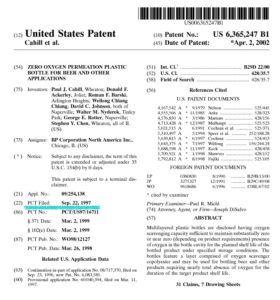Patent clearance search is called a Freedom-To-Operate opinion because it reveals others’ patents that are blocking your way. It requires searching and analyzing patent documents in the country where you do business.
Even if you invent something new, it is often based on other’s previous works.
For example, you get a patent on a new cap design for plastic bottles, which reduces the cost of production. Even though you have rights to the new cap design, someone else might have patent rights to the bottle’s body design. Without the body, you won’t be making a good use of the cap. Furthermore, even if you design an entirely new bottle (both the cap and the body), the method of making bottles out of plastic might have been patented. These are blocking patents because without infringing them you can’t practice your right.
You can search through patent documents via Google Patents (a free service by Google at https://patents.google.com).
Once you identify a potentially blocking patent, the scope of the patent needs to be analyzed.
1. Claims determine the scope.
Patent applicants are required to stipulate in the Claims what exactly their invention is about. All other parts of patent application help you understand the claim.
2. The scope will be construed by the courts.
What the patent owner believes does not matter. Nor does what you or your attorney think matter. When there’s a patent lawsuit, the court may side with either your attorney or your opponent’s attorney.
However, a legal opinion formed by a qualified attorney in your favor is helpful. For example, let’s say someone sued you for patent infringement and is being awarded for damages. If you can prove that you relied on your attorney’s advice that there’s no infringement, you may shield yourself from the penalties for willful infringement (i.e. knowingly violating someone else’s right). The penalties can increase the damages up to three times.
3. Patents do expire, so you should check the dates.
Most patents expire after 20 years from the filing date. So, if you find an old blocking patent, that might be actually a good news. Once the patent expires, you know for sure that’s in the public domain.
Blocking patents bar you from not only selling but also importing.

Often you rely on production facilities overseas and feel that blocking patents are not your problem. But if foreign products infringe U.S. patents, they can’t be imported into the U.S. Of course, the other way around is true.
You can design around, get license, or challenge the patent’s validity.
When there’s a blocking patent, there are still things you can do. You can design around, meaning you find other ways to achieve the same outcome; you can get a license if the patent owner is willing to let you use the invention for a reasonable loyalty; or you can argue before the court that the patent is not valid.



